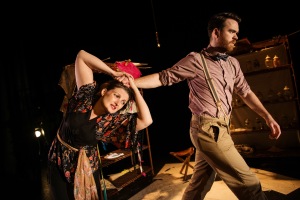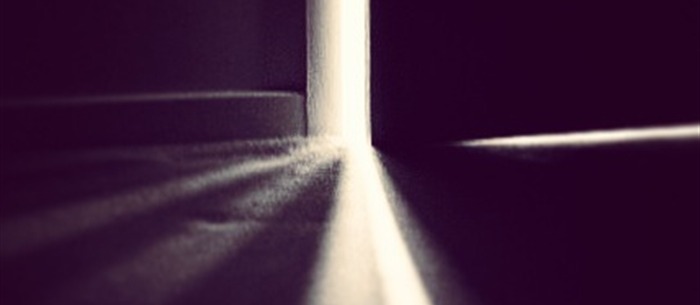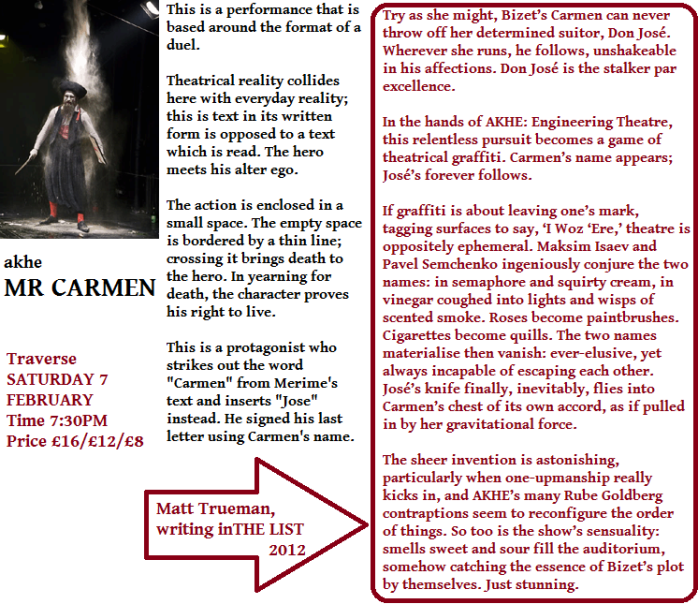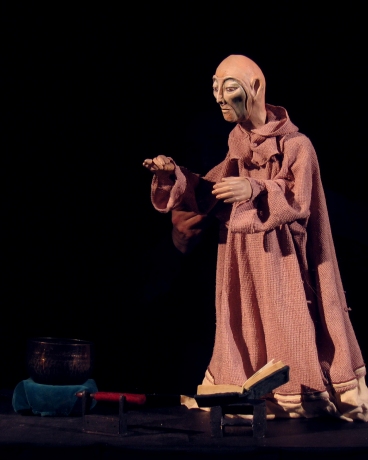
A dialogue on the Autumn Portraits taking place upon a theatre stage on which sits a smaller puppet stage: a puppet, a musical hall showman, and a dramaturg have met some time after the show has finished and the audience have long since returned to their homes.
Music Hall Showman: What a show! He had the audience in the palm of his hand-
Dramaturg: You mean puppeteer Eric Bass?
Music Hall Showman: Yeah, that’s him.
Dramaturg: Well, technically he had the audience in the palm of the puppets hands.
Puppet: Yes, enough about the puppeteer, it’s the puppets that get the whole thing going.
Dramaturg: Quite. In each of the five vignettes, the puppets themselves take on the role of storyteller, from the master of the masks to the old Jewish shoemaker bargaining with his maker.
Music Hall Showman: Don’t forget about O’Neil, the showman from the old music hall tradition
Puppet: Ha, him again. Those comedians always get the best lines.
Music Hall Showman: A real song and dance man, the whole shebang! He had songs, he had patter, he had jokes.
Dramaturg: True, by getting the audience involved-
Music Hall Showman: With some brave and handsome audience volunteers!
Dramaturg: He forged a living link between the ancient traditions of puppetry and the ‘here and now’ central to stand-up comedy culture with which we are so familiar.
Puppet: Well of course he did. If it weren’t for that then I doubt some of you people would care. If we aren’t being heart wrenchingly realistic horses or spinster-esque old ladies then very few would take an interest in the culture of us puppets.
Music Hall Showman: They’re not just for kids anymore!
Puppet: Who said that we were?
Dramaturg: Let’s not come to blows, after all, Bass showed us puppets both of ancient and irreverent strains, from the unwitting victims of their own ritual machinations to the helpless hand-tied thespian.
Puppet: This must be pretty funny for you
Dramaturg: How so?
Puppet: You have a seat and watch the interplay between a puppet and his creator as you would an end of the pier amusement. Something of such huge scope that you dare not shoot your gaze further than the lighting rig.
Dramaturg: Actually I’m an existentialist, but I take your point.
Music Hall Showman: Nothing gets and audience on-side quicker than a magic trick, Bass understands that. Of course the only thing more satisfying than a trick done well, like the puppeteer untying his own hands, is a magic trick gone bad!
Puppet: You mean like that Monk-like figure cursed by the very spirits that they summoned moments earlier?
Music Hall Showman: Gee man, that was dark. I meant the little king guy who couldn’t untie his hands…
Dramaturg: Either way we see the puppets struggling within worlds in which they do not have control and yet attempt to exert control in spite of this. Is there not something Brechtian in that?
Music Hall Showman: Now he was a song and dance man!
Puppet: Maybe not ‘The Parting Glass’ in Brecht’s case, but when sung in the key of ‘meh’ it was nothing short of heart-warming.
Dramaturg: Perhaps I’m just being struck by the intricacy of the mechanics involved, of the puppeteer visibly working away behind the scenes and in setting the miniature stage for each vignette.
Puppet: Might I suggest though that the bright lights and polish of a black box studio piece may not really be the place to best experience all our puppet cultures have to offer. The tension placed on the puppeteer makes them an extension of the theatre’s machinery, as just another piece of specialist machinery as opposed to a storytelling revelling in a turn. Much as I am proud to see our craft as puppets taking its place amongst the plethora of theatrical devices, part of me yearns to see the Autumn Portraits amongst a bustling market, or an autumn’s night in a tavern. For such storytelling brings its own essence of theatre even without the trappings of a formal theatre building.
Dramaturg: That I’d like to share with you, but not without having a notebook to hand! Of course, that is not to say that seeing the piece is a theatre space is any less of a delight, just that it might not need such a space to be maximally expressive in a dramaturgical sense.
Music Hall Showman: But fellas, think of the seating, think of the crowded room of punters waiting to be entertained!
Puppet: I guess that puppet showman O’Neill is with you on that one, and I too am with him on his parting words to us, a reminder that: “The next time that you see a little puppet in the street, why take him out for dinner?”, and speaking of which…
Dramaturg: On a dramaturg’s wages…really?
Music Hall Showman: Well, after a show like that I feel a celebration is in order!
Dramaturg: Fine…somewhere bread based?
Puppet: I’m not following…
Dramaturg: Bread and Puppet Theatre…Stefan Brecht?
Music Hall Showman: Just get your coat
They Leave
Voice of the Creator: Man you know how to pull each other’s strings!




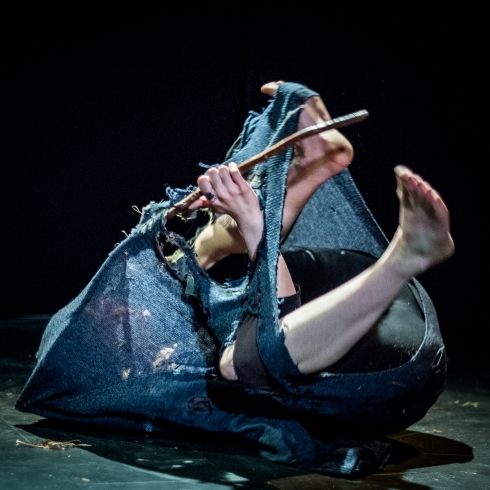 What is so brilliant about Bird is that everything on stage is relatable on a most primitive level. Piaraccini’s performance is nuanced and clever. There are no words uttered – for what good are words when there is no-one to talk to – but we are still acutely aware of her pains and her loneliness, thanks to her ability to express emotion even with the flicker of a finger or the turn of her head. Ultimately it is a simple little tale, but one that shows that Piaraccini really gets what it is to be human.
What is so brilliant about Bird is that everything on stage is relatable on a most primitive level. Piaraccini’s performance is nuanced and clever. There are no words uttered – for what good are words when there is no-one to talk to – but we are still acutely aware of her pains and her loneliness, thanks to her ability to express emotion even with the flicker of a finger or the turn of her head. Ultimately it is a simple little tale, but one that shows that Piaraccini really gets what it is to be human.

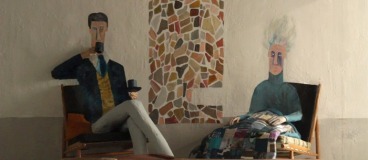 With animator Iain Gardner leading the discussion, 2012 Edinburgh College of Art graduate Claire Lamond presents a collection of short animated films. These include three of Lamond’s own creations and a selection of shorts by other animators. The other shorts deal with various social/mental health issues, such as dealing with grief after losing a loved one and fear of the world.
With animator Iain Gardner leading the discussion, 2012 Edinburgh College of Art graduate Claire Lamond presents a collection of short animated films. These include three of Lamond’s own creations and a selection of shorts by other animators. The other shorts deal with various social/mental health issues, such as dealing with grief after losing a loved one and fear of the world.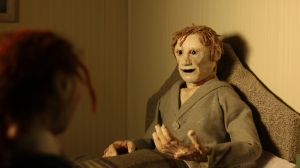

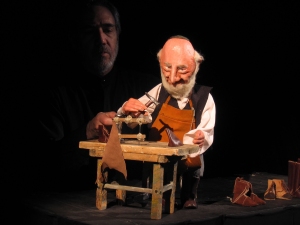
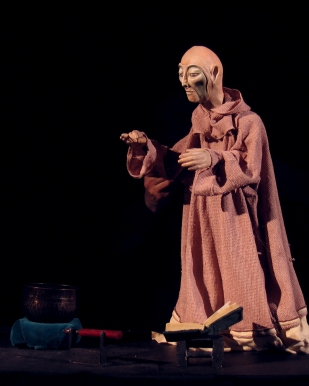
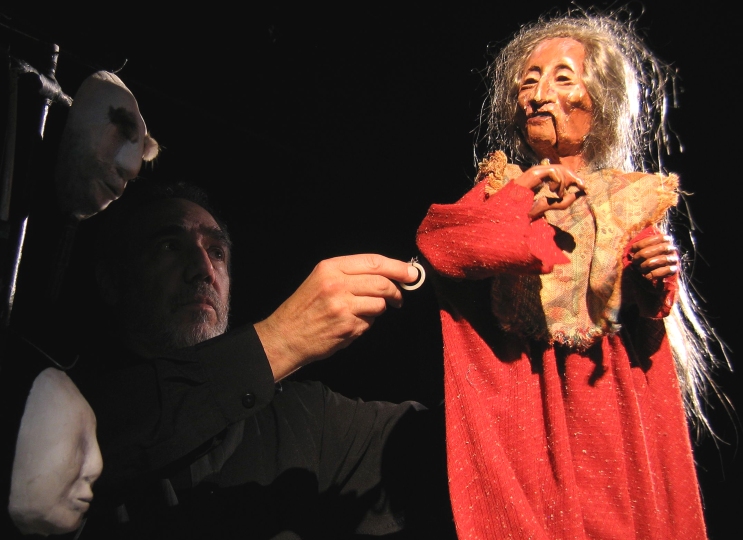
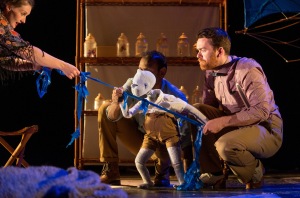 ne of Butterfly’s regular customers (Martin McCormick) has been showering her with lavish gifts in return for her kites decides to take his flirtation and interest in her one step further. Nabokov’s jealousy is thrown into the mix, and Butterfly is left all alone.
ne of Butterfly’s regular customers (Martin McCormick) has been showering her with lavish gifts in return for her kites decides to take his flirtation and interest in her one step further. Nabokov’s jealousy is thrown into the mix, and Butterfly is left all alone.